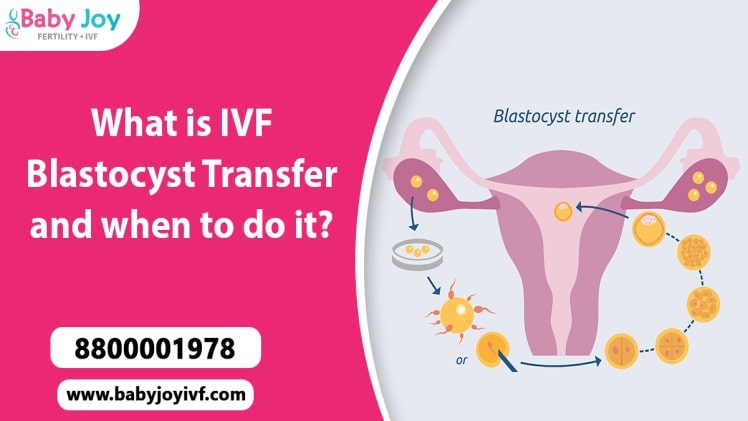In vitro fertilization (IVF) is an assisted reproductive technology in which eggs and sperm are mixed in a laboratory dish to create embryos, which are then transferred to the uterus. IVF is often used by couples who have difficulty conceiving naturally or by individuals who wish to have a child without a partner. If you are also troubled by any problem of childlessness and want to do IVF, then you can contact the best IVF Centre in Gurgaon.
What is IVF Blastocyst Transfer?
IVF Blastocyst transfer is a technique used in IVF that involves transferring an embryo to the uterus when it has reached the blastocyst stage. The blastocyst stage is the stage at which the embryo develops into a ball of cells with a fluid-filled cavity in the Centre. This stage usually occurs on the fifth or sixth day after fertilization sarkari result.
Traditionally, the embryo is transferred to the uterus two or three days after fertilization. With blastocyst transfer, the embryo is allowed to develop for a longer period, usually up to five or six days.
Blastocyst transfer has several advantages over traditional IVF. This allows the selection of the best-quality embryos, which increases the chances of pregnancy while reducing the risk of multiple pregnancies. This allows doctors to implant the embryo at a time when the uterus is most receptive, increasing the chances of successful implantation.
The process of IVF blastocyst transfer begins with ovulation induction, which involves taking medication to stimulate the ovaries to produce multiple eggs. The eggs are then retrieved through a minor surgical procedure and fertilized in the laboratory using sperm from the patient’s partner or a donor.
The resulting embryos are then cultured in the laboratory for several days until they reach the blastocyst stage. During this time, the embryos are closely monitored by IVF Centre gurgaon to ensure that they are developing normally and are free of genetic abnormalities.
Once the embryos reach the blastocyst stage, the healthiest embryos are selected by the IVF Centre for transfer. Transfer usually involves inserting a small catheter through the cervix and into the uterus, where the embryos are carefully placed. After transfer, patients are advised to rest for a short period of time to allow the embryos to roobytalk settle.
When should blastocyst transfer be done?
The decision to undergo IVF blastocyst transfer is based on several factors, including the patient’s age and fertility, embryo quality, and the number of embryos available for transfer. It is often recommended for women over the age of 35, as they may have lower-quality eggs.
IVF blastocyst transfer may also be recommended for patients who have experienced multiple unsuccessful IVF cycles or who have a history of repeated miscarriages. It may also be recommended for patients undergoing preimplantation genetic testing (PGT) to select embryos free of genetic abnormalities.
After transfer, patients will be closely monitored for signs of pregnancy. They may also be advised to take progesterone supplements to support the development of the fetus.
IVF blastocyst transfer has a higher success rate than conventional IVF, with up to 50% of patients achieving pregnancy. However, the success rate can filmy4wep.com vary depending on a number of factors, including the age and fertility of the patient, the quality of the embryos, and the number of embryos transferred.
If you are troubled by infertility and doctors have advised you for blastocyst transfer then you must know the cost of blastocyst treatment before getting blastocyst done and also if you are thinking of doing IVF then you should know about IVF cost in Delhi NCR. The information should be essential so that you do not face financial problems in future.
In conclusion, IVF blastocyst transfer is an advanced technique used in IVF to increase the chances of pregnancy while reducing the risk of complications. The decision to undergo IVF blastocyst transfer should be made by a Fertility IVF Centre in Gurgaon after a thorough evaluation and consideration of several factors including the patient’s age and fertility, embryo quality and number of embryos available for transfer.

